Recommendations published for the import of live amphibians into the EU
Since the Corona pandemic, the problem of the sudden appearance of infectious diseases has become deeply rooted in general consciousness. But not just humans struggle with this. Since the spring, fire salamanders have been dying because of the ‘salamander eater’, the highly infectious fungus plague BSal. Probably originating from Asia, the fungus has been spreading continuously in the border triangle of the Netherlands, Belgium, and Germany over the past years. Wherever it occurs, it wipes out entire populations. With its spread of over 500 km, the threat has become much more acute. The BSal is part of a group of fungi that are especially dangerous, even deadly, for amphibians – frogs, toads, newts, and salamanders. These fungi were spread to all parts of the world by humans in the 1980s and have completely exterminated dozens of species.
Everyone working towards the same goal
Through the Citizen Conservation initiative, numerous leading amphibian researchers, together with zoo representatives, animal breeders, and veterinarians, have now presented recommendations on how the spread of pathogens through amphibian imports into the EU can be prevented in the future.
Practical propositions
The necessary measures are practical and easy to execute. The most important point is the compulsory quarantine under the supervision of a veterinarian. During this time, the animals can be tested for the amphibian fungi. At the same time, through this supervision, the spread of other and even unknown pathogens can be prevented. When considering certain important aspects, such a quarantine can be very helpful and even quite easy.
Secure import
According to specialists, the import of amphibians is necessary for the future of research and species conservation. Responsible private enthusiasts also often dedicate themselves to breeding these atypical pets with great commitment – and thus often collect significant scientific knowledge in the meantime.
To ensure maximum protection of the indigenous amphibian populations in the wild and in human care without hindering these important activities, all relevant political players are now working together in an unusual cooperation to provide concrete solutions for the regulation of the import of amphibians into the EU.
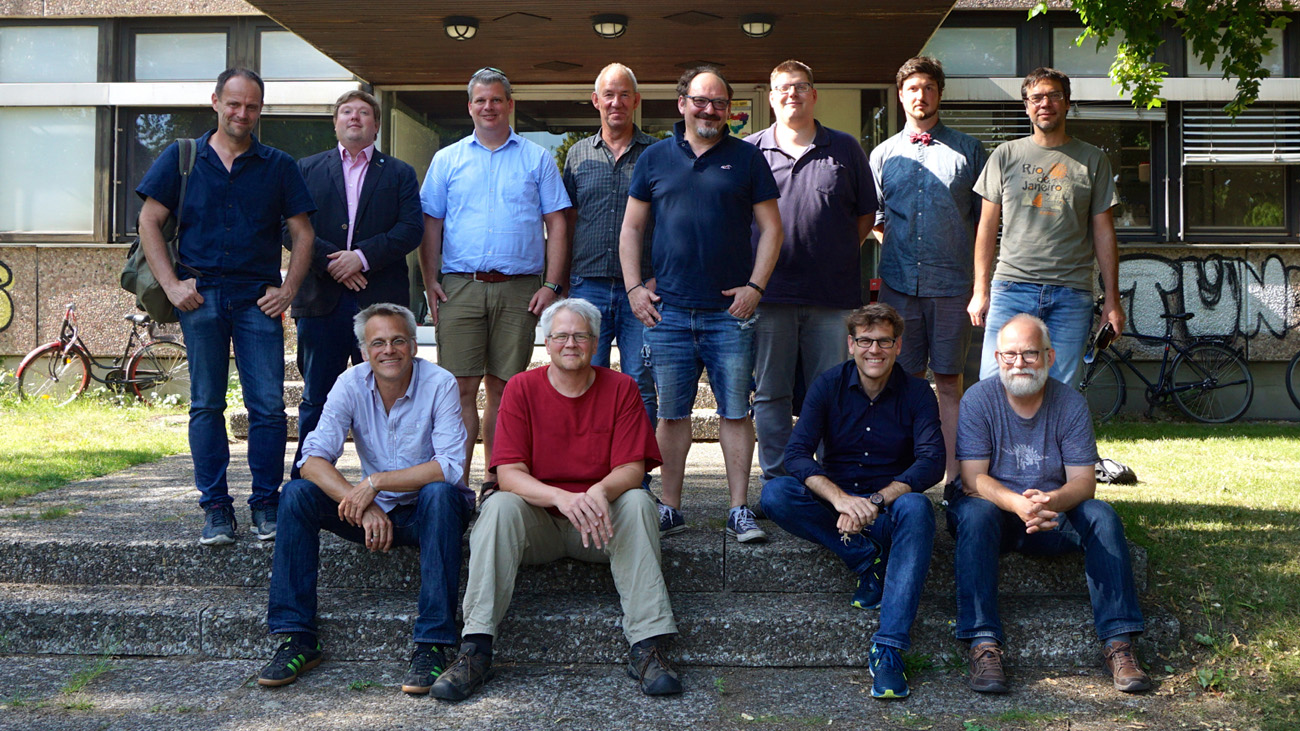
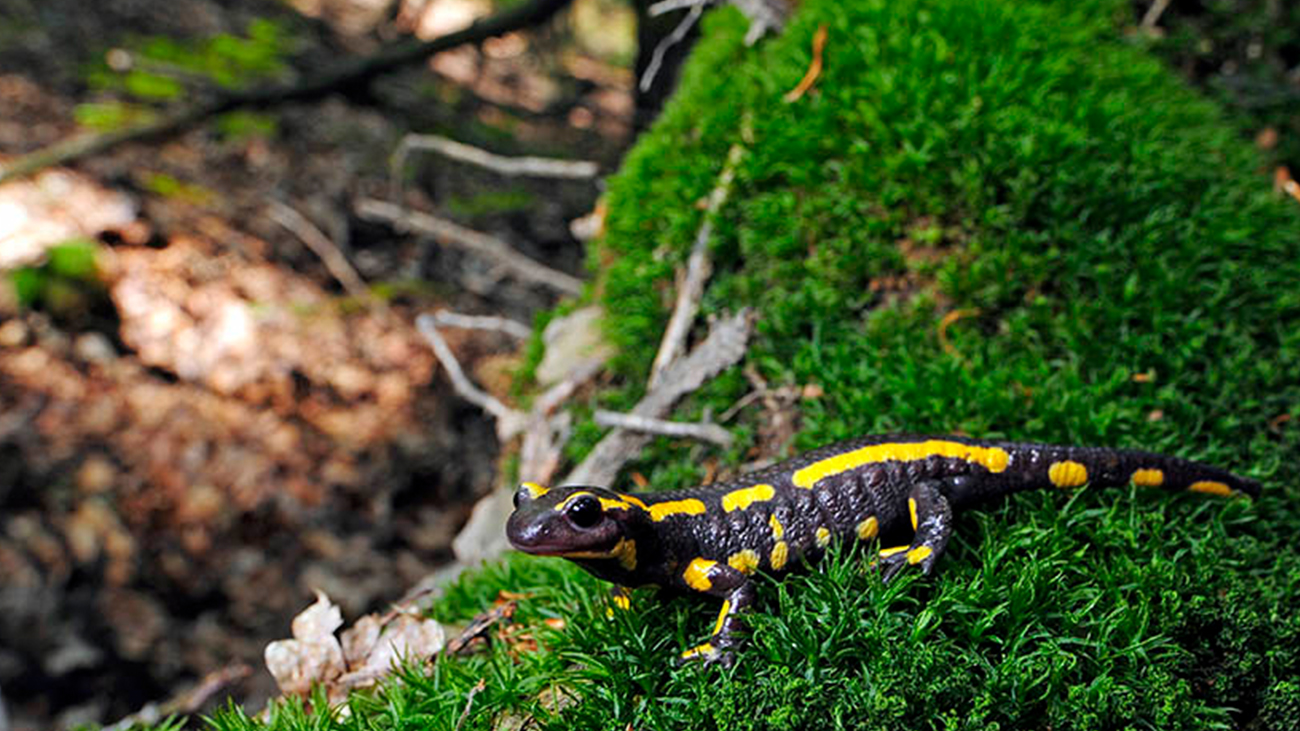
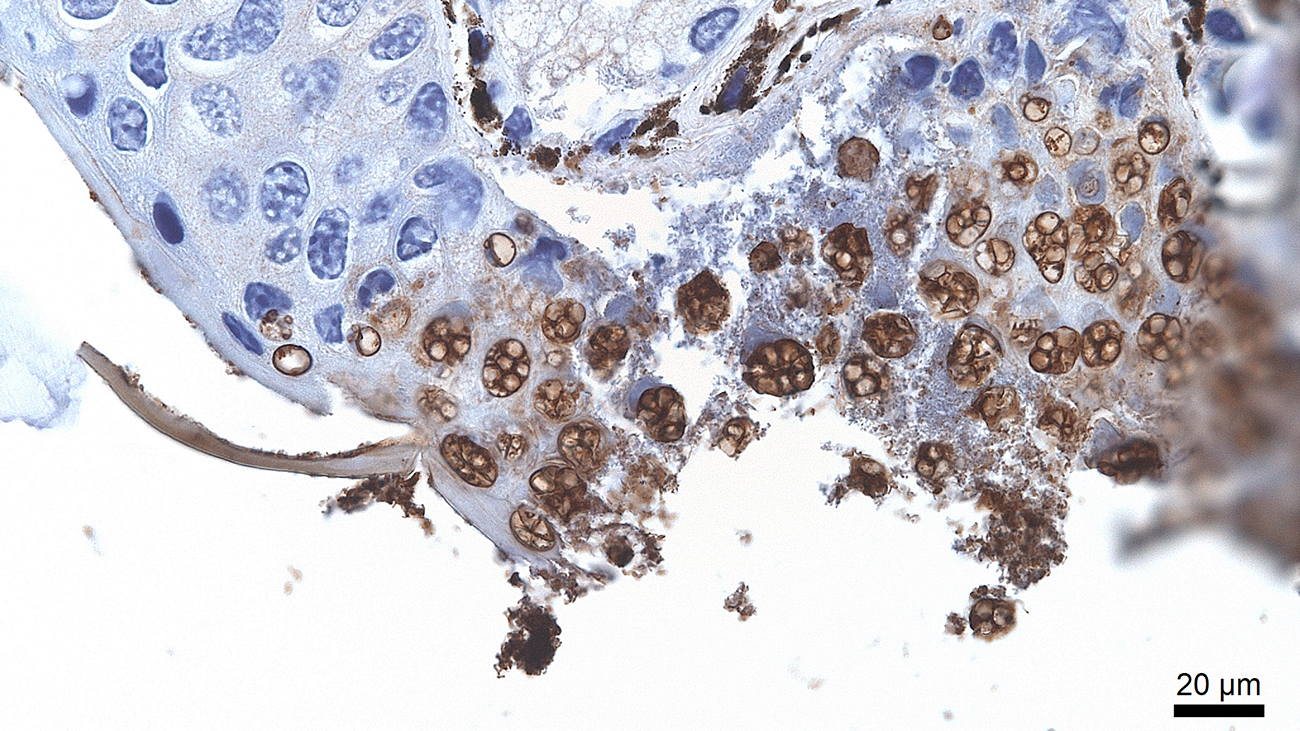




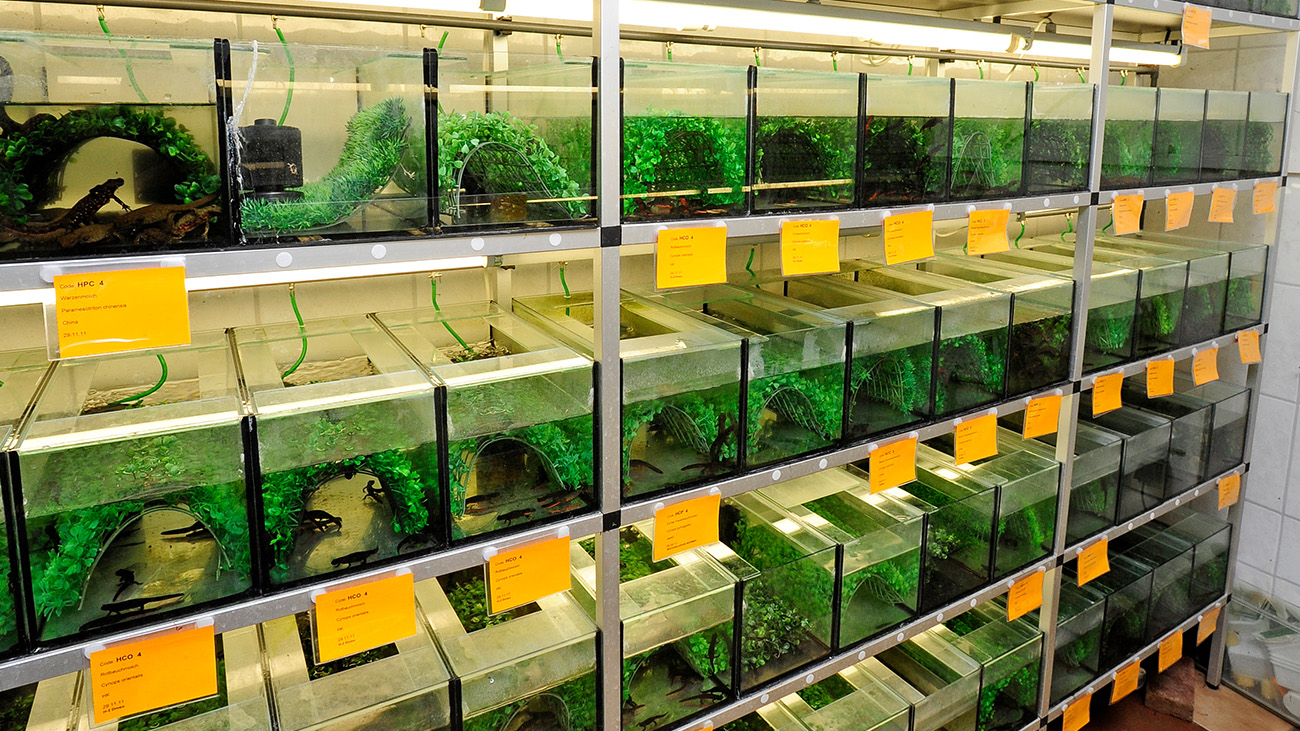

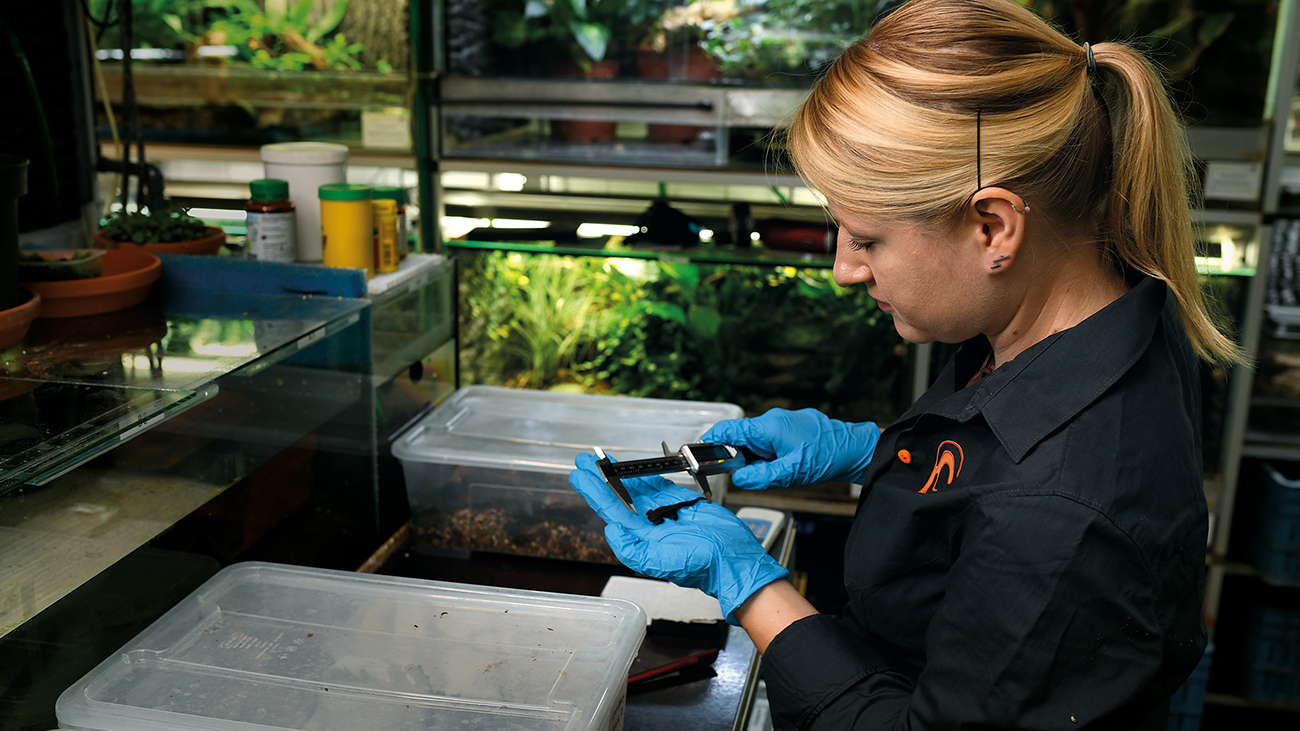
Import recommendations and image download
You can find the recommendations for the import of live amphibians into the EU here and download all photos from our download page.